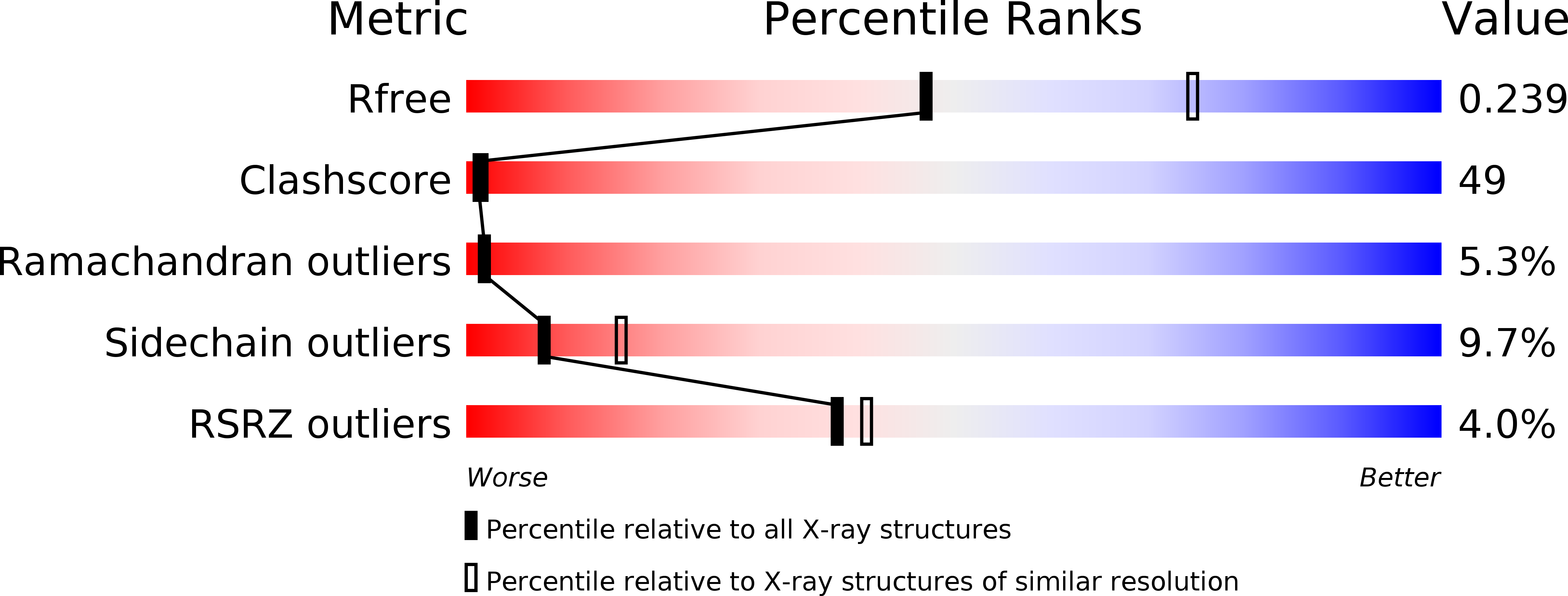
Deposition Date
2006-02-09
Release Date
2006-08-29
Last Version Date
2023-08-30
Entry Detail
PDB ID:
2FZK
Keywords:
Title:
The Structure of Wild-Type E. Coli Aspartate Transcarbamoylase in Complex with Novel T State Inhibitors at 2.50 Resolution
Biological Source:
Source Organism:
Escherichia coli (Taxon ID: 562)
Host Organism:
Method Details:
Experimental Method:
Resolution:
2.50 Å
R-Value Free:
0.23
R-Value Work:
0.21
R-Value Observed:
0.21
Space Group:
P 3 2 1


